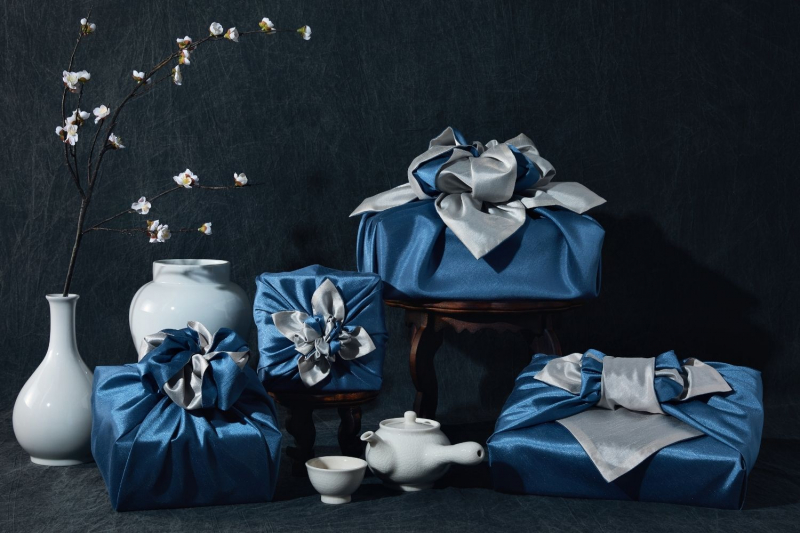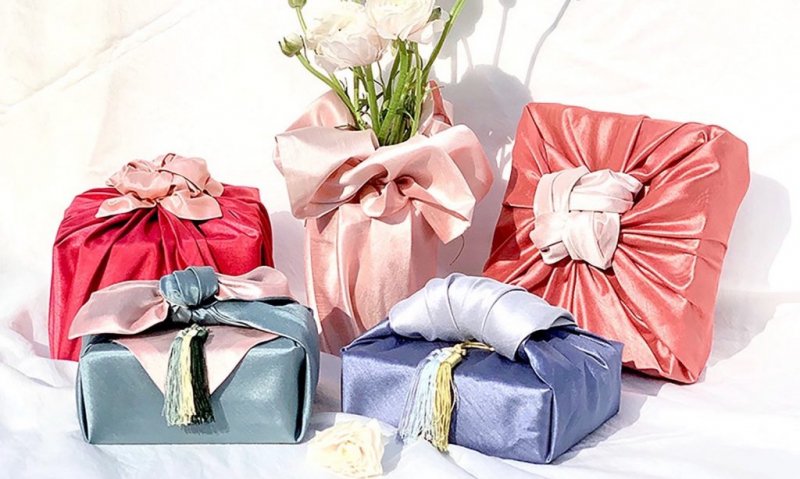Bojagi wrapping culture

Bojagi is a unique form of Korean sewing art that appeared in ancient times, around the period 1392-1910, when the ruling class in Korea forbade women from participating in many of the activities such as visiting neighbors, leaving home alone, or voicing opinions. To help maintain sanity, reduce boredom, and also save money, ancient Korean women used scraps of cloth to develop a new art form called Bojagi. Bojagi is the use of a square piece of cloth with a border around it with sizes, colors, and patterns commonly used to wrap and wrap objects.
Bojagi occupies a prominent place in the daily life of Korean people, regardless of social class. Their use is to be used to cover and wrap objects, from precious worship items to everyday clothes or other common household items… Bojagi gradually became popular and used on many occasions such as: Weddings, special events or religious ceremonies…
The aesthetic of the Korean people is especially clearly reflected in the pieces of bojagi that are put together by the hands of housewives to save excess fabric and rags. Embroidery and other motifs add grace to the bojagi. When not in use, the bojagi can be folded like a small handkerchief.











